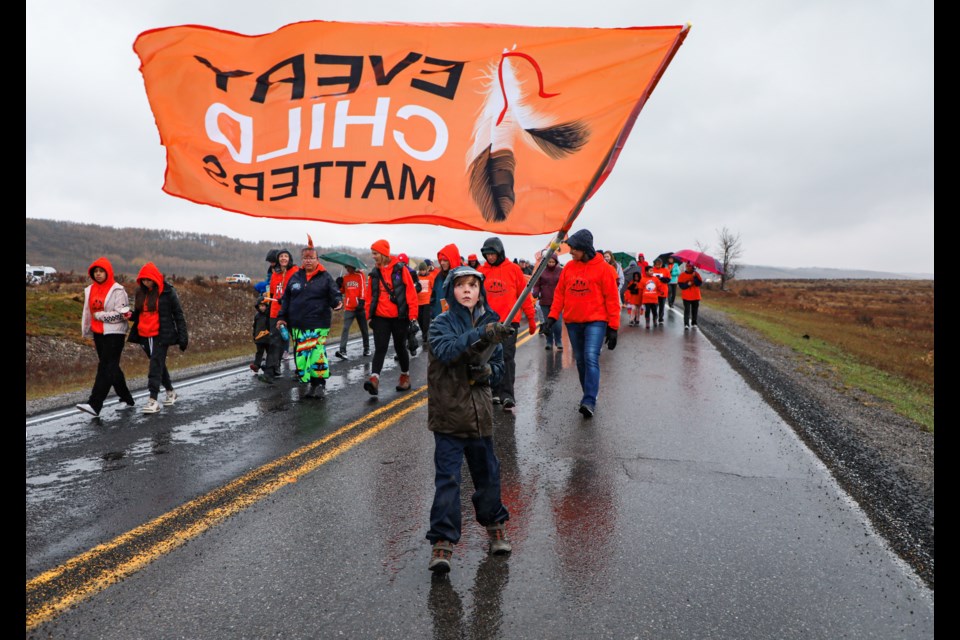MD OF BIGHORN – The MD of Bighorn will recognize Indigenous peoples’ rights to the land at its council meetings going forward.
The municipal district, which is situated on Treaty 7 and is surrounded by Îyârhe (Stoney) Nakoda First Nation, will have a land acknowledgement for the municipality.
“I just want to thank council and administration for walking us through this. I know it’s been a long journey to get there. It was a question that I presented to council and administration in my first term as a councillor,” said Bighorn Reeve Lisa Rosvold at the MD’s Tuesday (May 14) council meeting. “I’m really happy to see that we’re moving forward with a land acknowledgement.”
The official statement recognizes the history of Indigenous peoples of the Treaty 7 region, including the Îyârhe Nakoda – comprised of Chiniki, Bearspaw and Goodstoney First Nations, as well as the Tsuut’ina, Piikani, Siksika and Kainai first nations, and Métis and Cree peoples.
“A land acknowledgment is only one small step on the path to reconciliation. It is our hope that we inspire those around us to gain knowledge and build relationships,” states a portion of the land acknowledgement. “As a municipality, we commit to listening, learning and strengthening partnerships with our neighbours the Chiniki, Bearspaw and Goodstoney Nations.”
The land acknowledgement was prepared during a recent strategic planning session of council.
Barry Wesley, a Stoney knowledge keeper and consultation representative for the First Nation, was glad to hear of the MD’s commitment to recognizing and honouring that it is located on the traditional territory of his people.
He also called the adoption of a land acknowledgement “long overdue.”
“We are a signatory of Treaty 7. That’s Canada’s history and it’s important all levels of government – from the federal government down to municipalities – uphold that,” said Wesley.
“Beneath all those government blankets, way at the bottom, you’re gonna find Indigenous peoples. In this case, the Stoneys.”
Apart from a land acknowledgement, Wesley wants organizations to highlight the specific actions they are taking to foster change and improve relationships with Indigenous peoples and the land. He urges governments to support their statements with concrete actions, consult with Indigenous peoples and critically evaluate the measures they are implementing.
“How are municipalities taking reconciliation a step further from a land acknowledgement? Are meaningful lines of communication being opened? Are they consulting us when it comes to developing our traditional lands and addressing Truth and Reconciliation calls to action?” he asked.
“Land acknowledgments are important but more important is putting those words into action.”
Surrounding municipalities including Canmore, Banff, Cochrane and the Kananaskis Improvement District have also introduced land acknowledgements read ahead of council meetings in recent years.
A motion was also passed by the MD at its May 14 council meeting to adopt September 30, the National Day for Truth and Reconciliation, as a statutory holiday, including office closure.
The Local Journalism Initiative is funded by the Government of Canada. The position covers Îyârhe (Stoney) Nakoda First Nation and Kananaskis Country.




